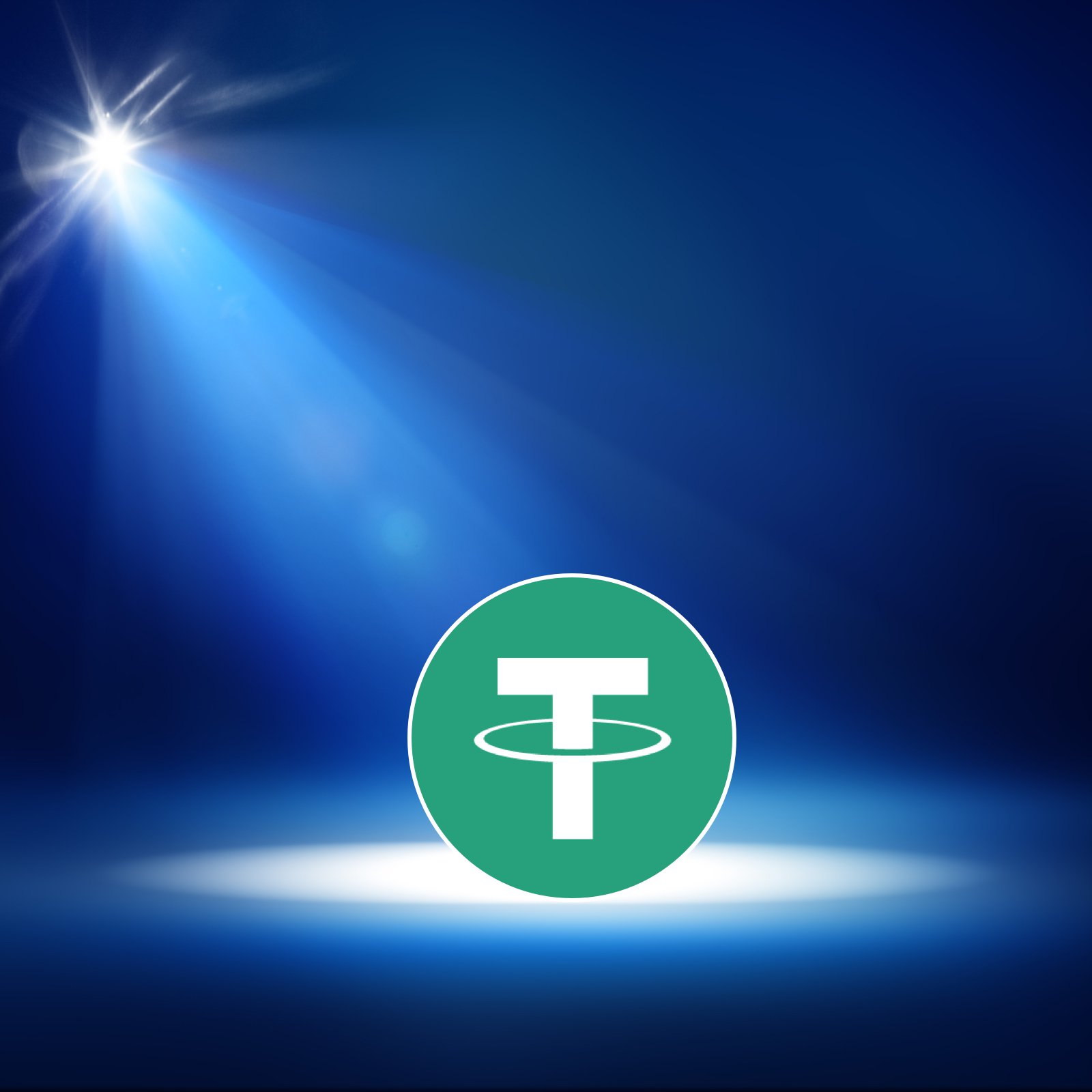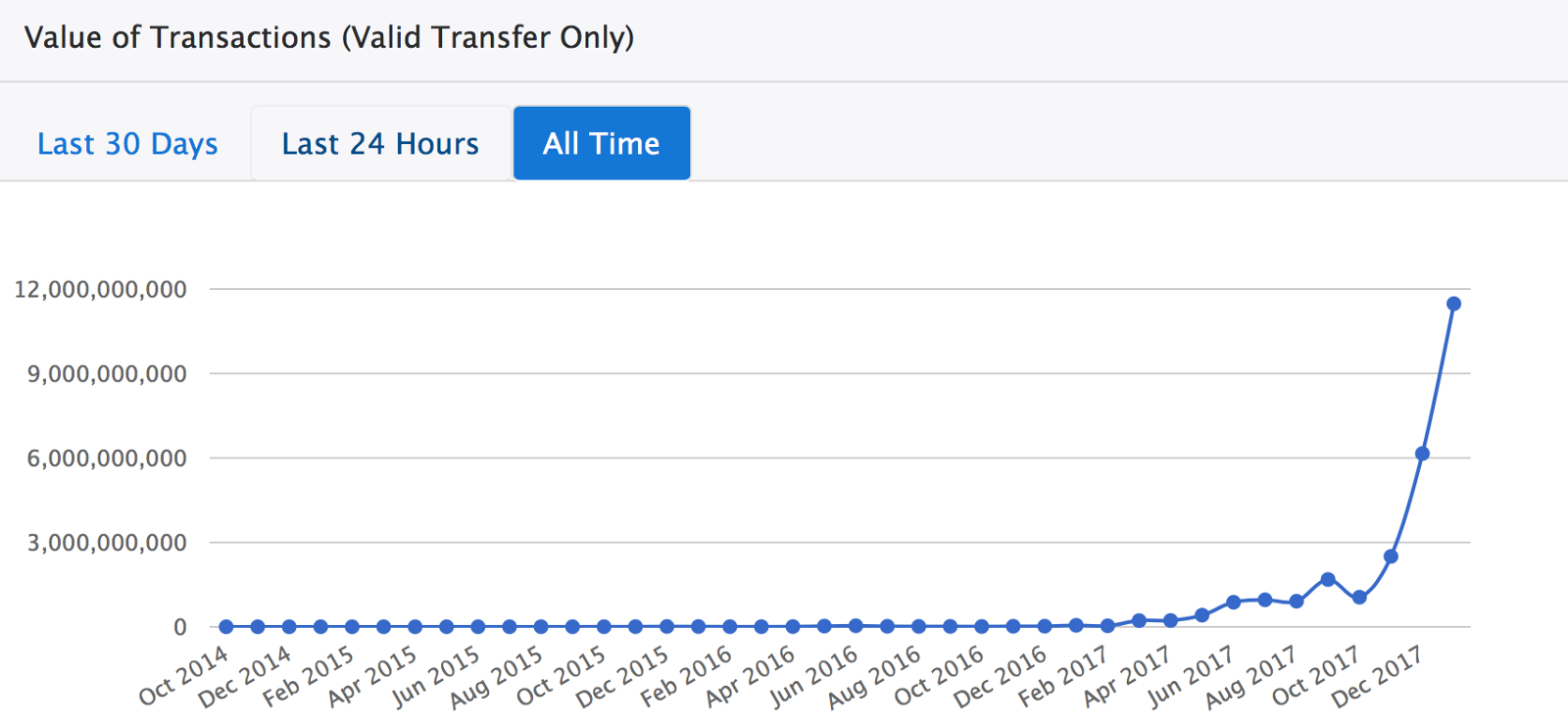
Rarely a week passes when Tether, the company responsible for issuing the USD-pegged cryptocurrency of the same, isn’t in the news. In the last 24 hours, two separate reports into the status of Tether and its USDT tokens have been published, one examining its legal status and the other exploring its blockchain. Meanwhile, Upbit exchange has reassured its customers that in the event of USDT being withdrawn, it will guarantee all deposits in USD.
Also read: Hong Kong Cracks Down on Securities Tokens – 7 Crypto Exchanges Targeted
Tether Faces a Twin Attack

Nicholas Weaver is a computer security researcher at the International Computer Science Institute in Berkeley. On Thursday, he published a piece in Lawfareblog giving his thoughts on the likelihood of Tether being targeted by U.S. regulators. It was recently revealed that Tether was subpoenaed in December amidst mounting speculation as to the company’s operations. Subpoenas of companies that have a presence on U.S. soil are not unusual, and are not evidence in themselves of an imminent shutdown by financial regulators. But with no official comment from Tether or U.S. regulators, onlookers have been left wondering.
In the opinion of Nicholas Weaver, “Because of their use in criminal activity, most cryptocurrency exchanges are cut off from the conventional banking system. Those that have access are required to generate IRS reports on transactions of a certain size and report suspicious activities. But substantially more could be done to disrupt unregulated exchanges – and the token Tether should be the government’s next target.”
In particular, U.S. regulators should investigate those behind Tether for possible violations of Patriot Act provisions on money laundering and other financial fraud laws. Prosecution is likely to inhibit criminal scheming and to substantially disrupt the exchanges that rely on Tether to function.
Weaver goes on to write: “Tether appears likely to be a scheme that facilitates money laundering or to be a “wildcat bank,” one that prints banknotes that aren’t actually backed. In both cases the U.S. government can, and should, intervene.” The comparison he draws is with Liberty Reserve, an early experiment with self-issued currency without government approval. It didn’t end well. By the time U.S. officials swooped on the Costa Rica based company, alleging money laundering and providing unlicensed financial services, it had amassed over one million users. Many of them lost everything when the company was shuttered in 2013.
The Loss of Liberty
 Liberty Reserve’s achilles heel was that it was centralized, and thus had a single point of failure. When Satoshi Nakamoto created Bitcoin, three years after Liberty launched, he didn’t make the same mistake. Tether, as an organization dependant upon formal banking arrangements of some kind – even if the precise nature of those arrangements is murky – doesn’t have that luxury. It is a sitting duck for U.S. regulators should they decide to come after the company for money laundering – a charge that can be slapped on any financial company, regardless of culpability – or for forgery-related charges on account of ‘impersonating’ the U.S dollar.
Liberty Reserve’s achilles heel was that it was centralized, and thus had a single point of failure. When Satoshi Nakamoto created Bitcoin, three years after Liberty launched, he didn’t make the same mistake. Tether, as an organization dependant upon formal banking arrangements of some kind – even if the precise nature of those arrangements is murky – doesn’t have that luxury. It is a sitting duck for U.S. regulators should they decide to come after the company for money laundering – a charge that can be slapped on any financial company, regardless of culpability – or for forgery-related charges on account of ‘impersonating’ the U.S dollar.
Nicholas Weaver continues: “Tether isn’t just theoretically useful for money laundering; its use as a reserve currency for unbanked exchanges shows its value for laundering funds. Tether is used to conduct electronic financial transactions that bypass the oversight inherent in the banking system. Consider also that only one cryptocurrency exchange with banking, Kraken, accepts Tether for trading at all and that the only thing Tethers can be sold for on that exchange is U.S. dollars. On Kraken, one can’t use Tethers to directly buy different cryptocurrencies.”
Exploring the Tether Ledger
In his daming opinion piece on Tether, Weaver also writes that “While Liberty Reserve used a private ledger to track balances, Tether uses a public pseudonymous ledger. This sort of ledger means that intermediary holders are not known to Tether, only to those who redeem Tethers. If anything, such willful ignorance suggests more, not less, criminal culpability.” That ledger came in for added attention on Thursday in a piece published by data researcher Alex Vikati.

Together with her partner Edwin Ong, she took a closer look at activity on the Omni blockchain that Tether uses. Vikati confirms that Tether has issued $2.2 billion worth of USDT plus another $60 million in the form of USDT ERC20 tokens to date. The report examines the biggest senders of tether, which are predictably exchanges such as Poloniex and Bitfinex. She goes on to write:
In Tether’s case, the top 200 addresses out of Tether’s nearly 100K active addresses hold over 2B USDT. Yes, the top 0.2% owns over 90% of the token’s total supply. This is more than double BTC’s wealth concentration.
When Tether’s owners founded the company in 2015, they could never had envisaged that, three years later, its every move would be subject to such intense scrutiny from legal experts, regulators, and data researchers.
Do you think U.S. regulators have Tether in their sights? Let us know in the comments section below.
Images courtesy of Shutterstock, Twitter, and Alex Vikati.
Bitcoin News is growing fast. To reach our global audience, send us a news tip or submit a press release. Let’s work together to help inform the citizens of Earth (and beyond) about this new, important and amazing information network that is Bitcoin.
The post New Reports Shine a Spotlight on Tether’s Legal Status appeared first on Bitcoin News.
Powered by WPeMatico
